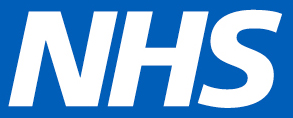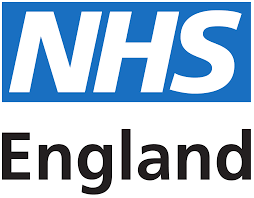
Increasing levels of endoscopy demand seen in recent years, changes in the Bowel Cancer Screening Programme and the key role of endoscopies in the recovery of elective services post-pandemic required an effective forecasting tool.
Challenge
We were commissioned by NHS England to develop a demand and capacity modelling tool for gastrointestinal endoscopies, for use by each Integrated Care System (ICS) in the South West region.
A forecasting tool was needed because of the increasing levels of endoscopy demand seen in recent years, changes in the Bowel Cancer Screening Programme which will increase demand further, and the key role of endoscopies in the recovery of elective services post-pandemic.
The model needed to forecast demand, how it translates into capacity requirements, and identify capacity gaps by comparing projected demand against available capacity.
What we did
We developed a model to derive a high-level 10-year forecast of demand for endoscopy procedures, incorporating historic trends or expected demographic/non-demographic growth. Assumptions are overlaid in relation to the expected impact of changes to the Bowel Cancer Screening Programme. The demand is then translated into capacity requirements in the form of endoscopy lists and workforce, with different scenarios giving a range of possible resource requirements.
Capacity gaps are identified by comparing the modelled capacity requirements with the available capacity. Gaps are outlined on a ‘Summary’ tab, alongside tables and charts showing trends and projections.
Existing national dataflows were used, and the tool is pre-populated with data and assumptions. Assumptions reflect clinical expertise, but can be customised to reflect local knowledge via an easy-to-use input tab.
The data processes underpinning the tool are consistent with Information Governance protocols, and the Excel-based tool is accompanied by a comprehensive user guide.
The tool was developed collaboratively with the endoscopy lead and senior clinicians from the South West region.
Activity
Data-driven decision making
The model provides an evidence base for the need to grow endoscopy services, informing decision-making at system-level.
Planning and modelling
The model enhances stakeholders’ understanding of future demand for endoscopies and the potential impact of changes to the national Bowel Cancer Screening Programme.
System transformation
The model quantifies the capacity changes that might be needed within a system to manage increasing endoscopy demand.
Business Intelligence - Consultancy, strategy and transformation
Collaboration with regional experts underpinned the model development and informed the strategic direction.
Impact
The model facilitates a consistent approach to demand and capacity modelling across the region, giving confidence that the key assumptions and drivers of growth have been considered when producing region-wide forecasts.
Expert clinical opinion informed the development of the model, with Consultant Gastroenterologists from across the region providing a strategic overview and detailed input, giving assurance in the tool and the methodologies underpinning it.
The tool provides systems with an evidence base for the need to grow endoscopy services, to inform discussions with key stakeholders in the system.
The extensive work undertaken to identify data sources and assumptions and pre-populate these into the model can free up time and resource for ICSs to focus on what the outputs mean for their local area.
The tool can complement local modelling, providing check and challenge and informing areas for more detailed local investigation.







